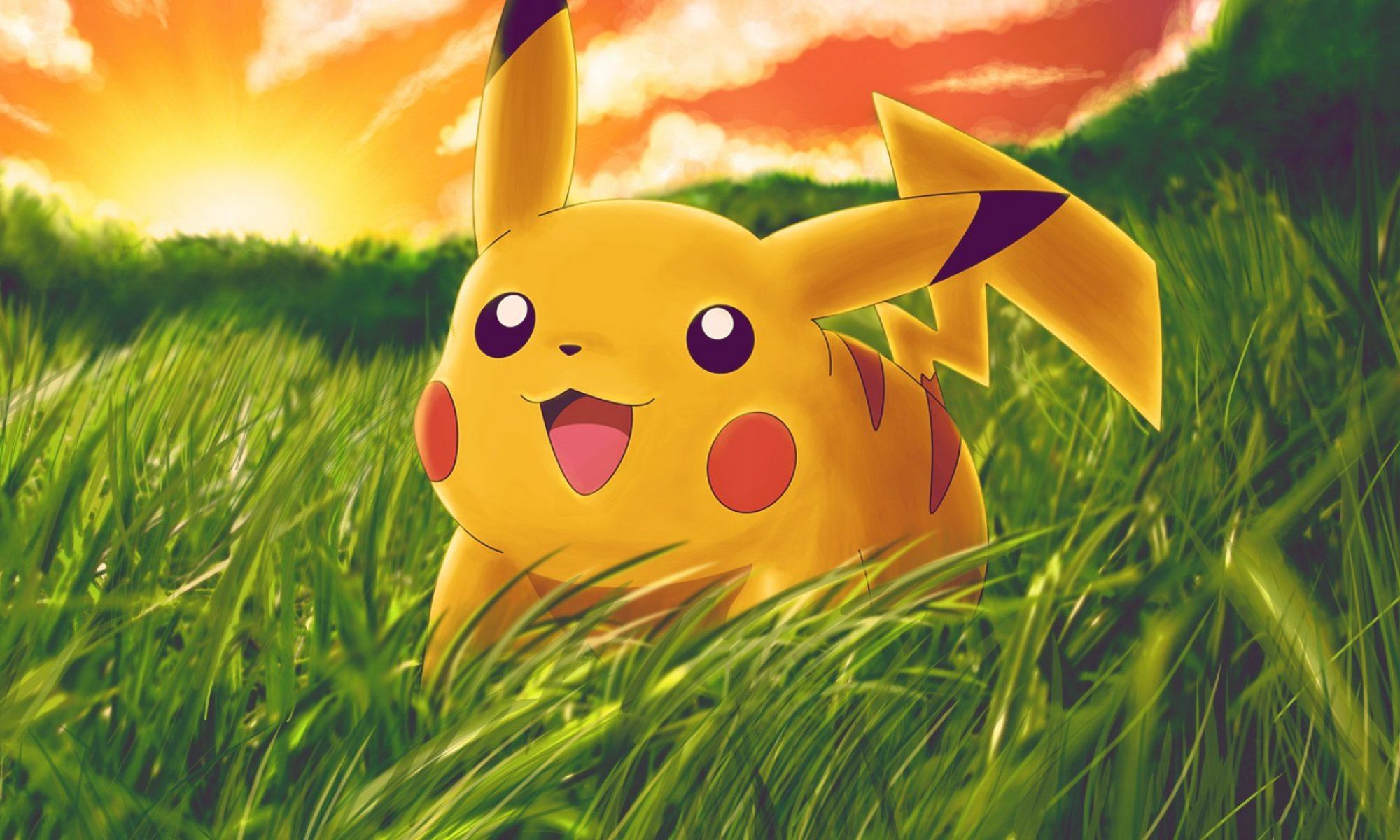By Anonymous
Status effects, one of the many Achilles heels of every Pokemon Trainer. Regardless of how well a battle can be going for a player, it takes but a single burn or paralysis to completely thwart all his or her efforts, or to make a player’s victory. Regardless of who’s design brings statuses into a battle, knowing the ins and outs may come in handy.
Foremost, starting with the most basic, is feinting, abbreviated in game as “FNT” beneath sprites in your party. For those of you who have been worried, no, a Pokemon does not die when it runs out of health and come back as an undead zombie after visiting the Pokemon Center; there is no necromancy in the officially released Pokemon games! When a Pokemon runs out of health, it is unable to continue the battle on its own strength and feints, knocked out, blacked out. The condition may be cured by the use of a revive or other such item. When feinted, a Pokemon may still be placed in the first slot of your party, though it will not be sent into battle. The feinted Pokemon may also use HM and TM moves, such as cut, fly, and headbutt. Moving on to an honest status condition though, Paralysis, or “PAR.”
Personally, I find paralysis to be preferable to most other conditions, as it makes my Pokemon immune to other conditions (as a Pokemon may only be inflicted with one condition at a time, though feinting will automatically overwrite any other condition). Paralysis causes Pokemon to be unable to attack about twenty five percent of the time. Furthermore, paralysis will either quarter a Pokemon’s speed or multiply it by one and a half times, but only if the Pokemon has the Quick Feet ability. Paralysis can be cured with, not so surprisingly, a paralyz heal, a cheri berry, a full heal, or other items noted to cure said condition. The next most familiar condition to unfortunate trainers is poison, “PSN.”
Poison is an effect that, well, poisons the Pokemon. Each turn, the suffering creature will lose en eighth of its health, a quickly concerning condition. However, the poison’s effects don’t end there, outside of battle, the victim will lose one health for every four steps. For early in the game and weakened Pokemon, the shaking display is more than a bit unnerving. As of Generation IV, though, the effect was cured upon reaching one health remaining. While I personally feel it’s a cruel way to handle it, it’s certainly an effective way worth noting should you be without an antidote or pecha berry. In Generation V, though, the condition was changed yet again so that it would, and I personally love this, not hurting Pokemon outside of battle. Although it makes me feel less hurried to handle the condition, ultimately costing my team more pain and suffering, I prefer it greatly. The other condition that steals one eighth of a Pokemon’s HP per turn is Burn.
Burn, also “BRN,” like poison, damages a Pokemon’s health at the end of each turn, but with one critical difference, the condition halves the Pokemon’s attack stat, provided the creature doesn’t have the Guts ability, which instead of decreasing by half, it increases the attack by half, similar to Paralysis and speed. Also like paralysis, burn can be cured with a burn heal, though it can also be cured with either an ice or rawst berry. For the attack stat reason, it’s recommended to keep some sort of fallback plan to handle unexpected conditions, as a Pokemon is more than a bit vulnerable when inflicted. To clarify, regarding the poison similarity, burn has never inflicted damage upon Pokemon outside of battle, so at least in that sense the player’s given some sort of break.
The next condition of concern, the next to last, is sleep, “SLP.” As one may have guessed, when asleep, and Pokemon cannot use attacks, with the exceptions of sleep talk and snore, and this effect lasts up to seven turns, unless the victim has the Early Bird ability which halves the time. Unlike all other conditions, there is one case in which sleep is a blessing: when using the move rest. Rest inflicts sleep upon the Pokemon using the attack. The Pokemon will be cured by all other conditions upon awakening and will heal to full health on the turn rest is used, though be sure to remember that the Pokemon can and likely will lose health in the time it sleeps. If used wisely, such as giving a Pokemon with the move rest a chesto berry to hold, rest can be an effective way to completely heal a Pokemon without having to go out and spend a few thousand Pokedollars on a full restore, which will ultimately have the same effect.
And now, it is time for the final status condition, the kicker for Pokemon trainers everywhere, the one and only: Freeze, or “FRZ.” Freezing immobilizes a Pokemon, much like sleep, allowing it only to use the attacks flame wheel and sacred fire. Fortunately, though, the use of either of these moves, or being hit by any other fire-type move, will also thaw a Pokemon. Unfortunately for those Pokemon who know neither move, or have been frozen by a Pokemon that doesn’t know any fire-type moves, their chances of thawing on their own is a static ten percent, less preferable to the guaranteed within seven turns of sleep. Without an ice heal, burnt berry, or aspear berry, it’s a safe move to switch out a Pokemon as soon as it has been frozen, as they’ll likely be hit enough times as to feint by the time they thaw anyway.
Regardless of what troubles are up ahead, be aware and be prepared for all status conditions; you never know what will hit your PokNon, and you’ll be better off safe than sorry!
